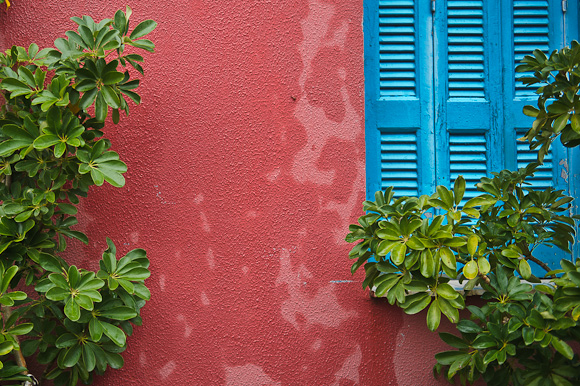


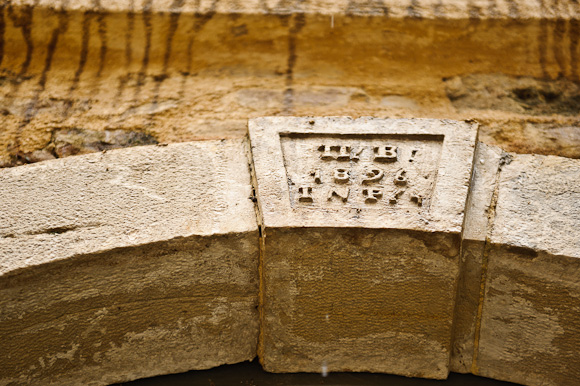


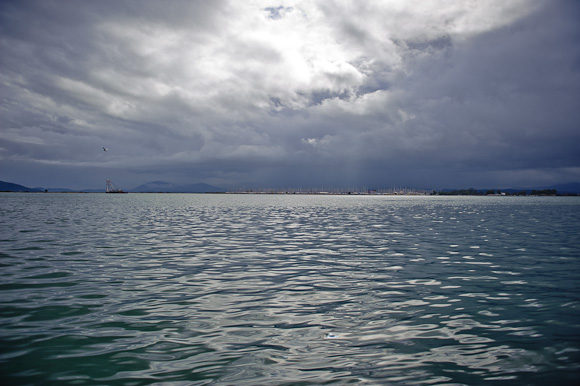
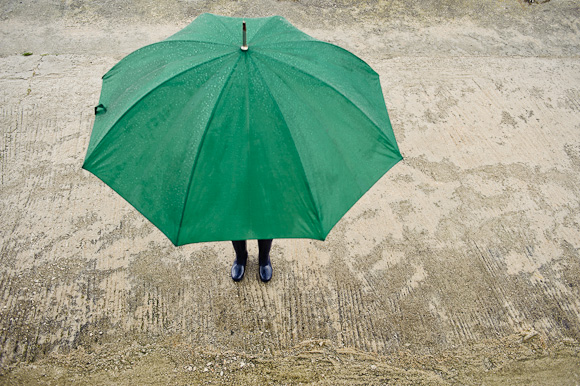
It Will Rain a Sunny Day
March 9, 2011
Maria and the Bunnies
February 27, 2011
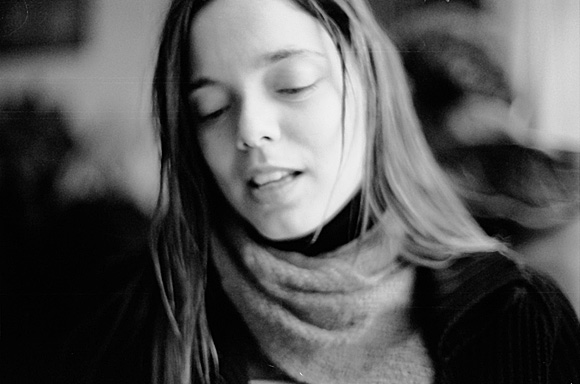
I really enjoy blogging about friends lately (especially if this involves taking pictures of/for them). I found this one that I took of Maria some time ago. With a background of art restoration and interior design, she recently decided to channel some creativity into handicraft. She has just started her own home business and in an effort to expand she is drafting an army of bunnies.
They are available here.
Posing below is Rhea. She likes books.

tags: handicraft, maria, people, photography, strobist | no comments
Achromatic back
February 4, 2011

A couple of weeks ago Phase One announced the release of a new line of digital camera backs (the high-end model featuring a monstrous resolution of 80 megapixels). However, as I was browsing through their website, it was something else that drew my attention.
An achromatic back? Wait, could it be… Indeed: no Bayer array, no IR filter. 39 megapixels of pure unfiltered sensor.
The Bayer array is today’s standard in digital camera sensors. A colored filter is fixed over each and every pixel on the sensor, so that each pixel can only record red or green or blue. In fact 50% of pixels record green, 25% red and 25% blue. During raw conversion, an interpolation takes place and each pixel of the final image results in having all 3 values (R,G,B). It is through this function that the two missing values for each pixel (e.g. the blue and red value, if the pixel records just green) are calculated (guessed) based on the corresponding values of neighboring pixels. Depending on the interpolation algorithm, this does have a small impact on the overall picture quality and what is mainly affected is the image resolution.
In an achromatic (maybe monochromatic would be a better description) sensor, there is no need for color filters. Each pixel records light intensity in the same monochromatic scale. No Bayer array means no interpolation. This is the cleanest and sharpest a sensor can perform.
But this back was not designed to make black and white purists daydream. This kind of purity would cost someone something over $1000 per megapixel.
It is the lack of infrared filter that lays the ground to a plethora of scientific applications (aerial photography, medical photography, forensics, photogrammetry to name a few) — applications that traditionally used to rely on specialized film. This particular sensor’s spectral response ranges from about 350nm to 1050nm (ultraviolet to near infrared). By applying external filters, someone can selectively include (or exclude) wavelengths of interest (or not) and record only the desired spectrum.
(I wouldn’t mind getting one for my birthday.)
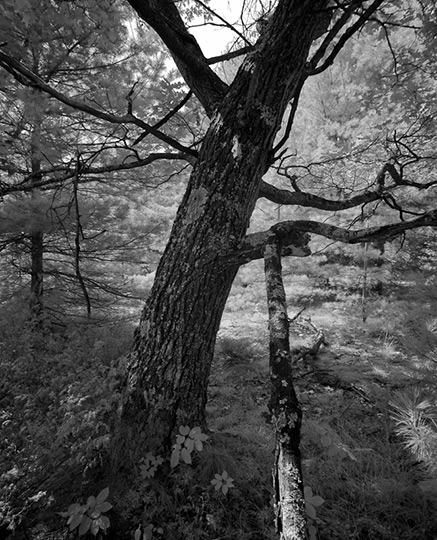
photo © luminous-landscape.com
tags: b&w, phase one, photography | no comments
Naya
January 23, 2011
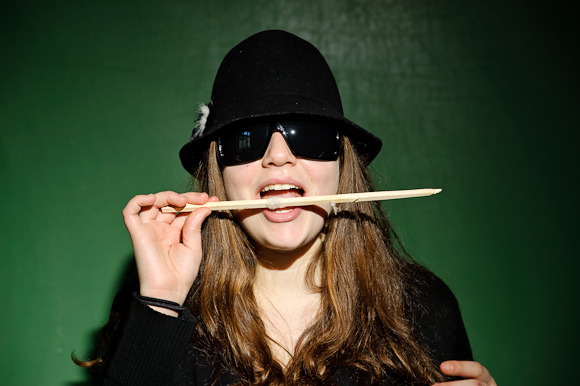
I met Naya a couple of years ago while she was trying out for the forensics team at Sara’s school.
She recently contacted us to ask if she could use the darkroom. I was really glad to hear that she was interested in photography and that she had started the classic way: through black and white film.
What made facts even more interesting was the realization that her vision is affected by some rare condition called Irlen Sydrome. The shades she had been using are special tinted lenses and their purpose is to soothe visual stress (I personally think they add a certain coolness factor). Although her vision may not be technically perfect, it’s fresh and curious and thoughtful.
Naya Schulein is the first guest photographer on auhopu.com blog.
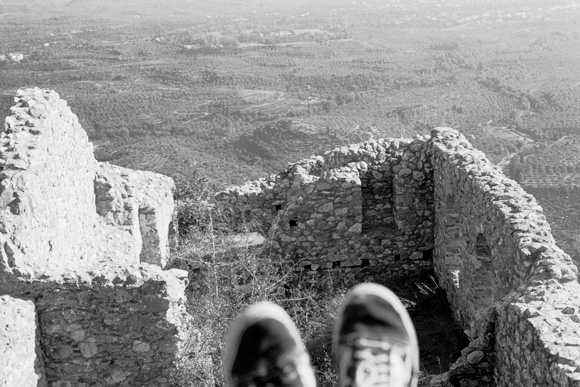

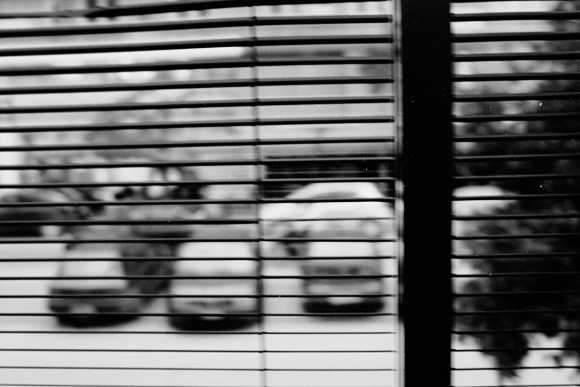


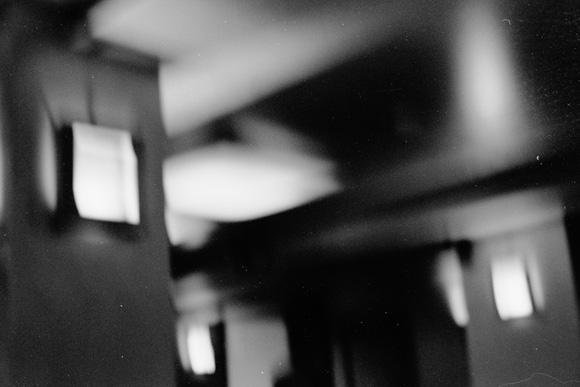

tags: b&w, film, naya, people, photography | no comments
x2
November 10, 2010
Liana was my dad’s student. She’s a big girl now and an inspired architect. She recently decided to start her own small business and asked me if I could come over and take some pictures of her new office to use on her website. It is a neat little place with well paid attention to lines, light, materials and details. Would you expect anything less in an architect’s office?
From a photographic and lighting point of view I would describe it as… um… challenging. It’s the least I can say for a space with bright walls and ceiling, glass separators and metallic surfaces. In two words: reflection orgy. It was fun though.


